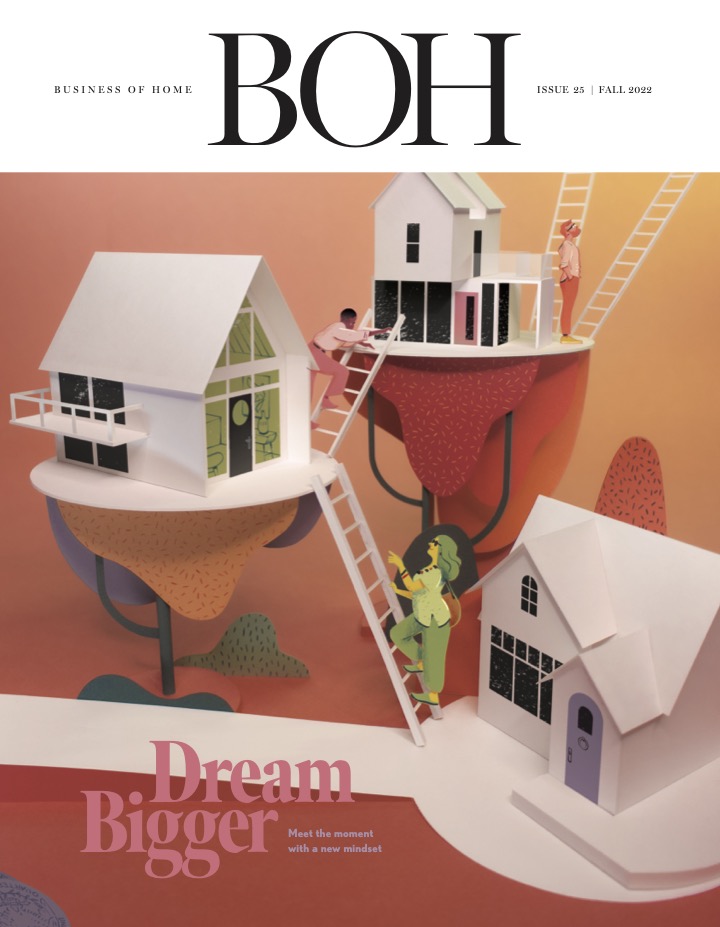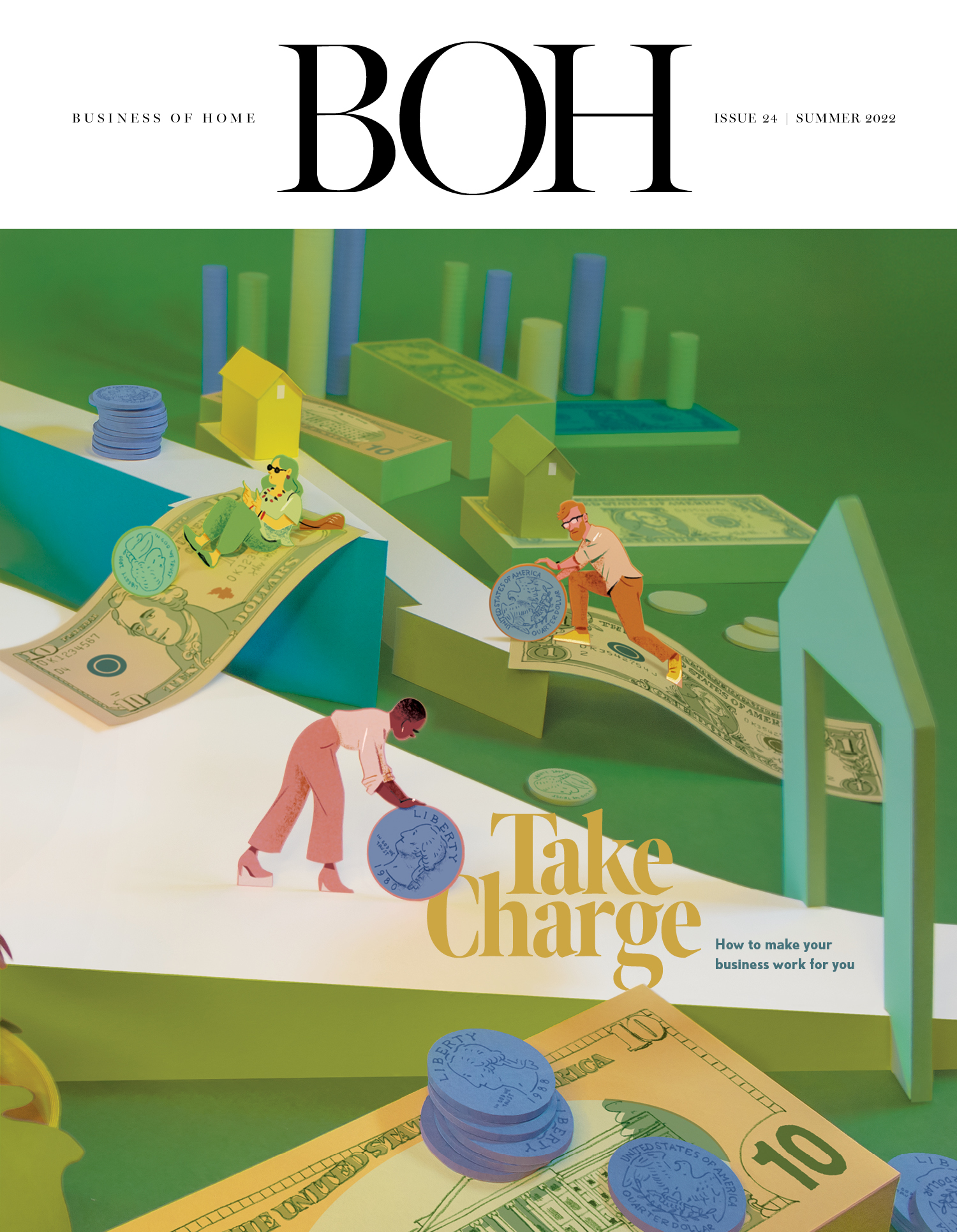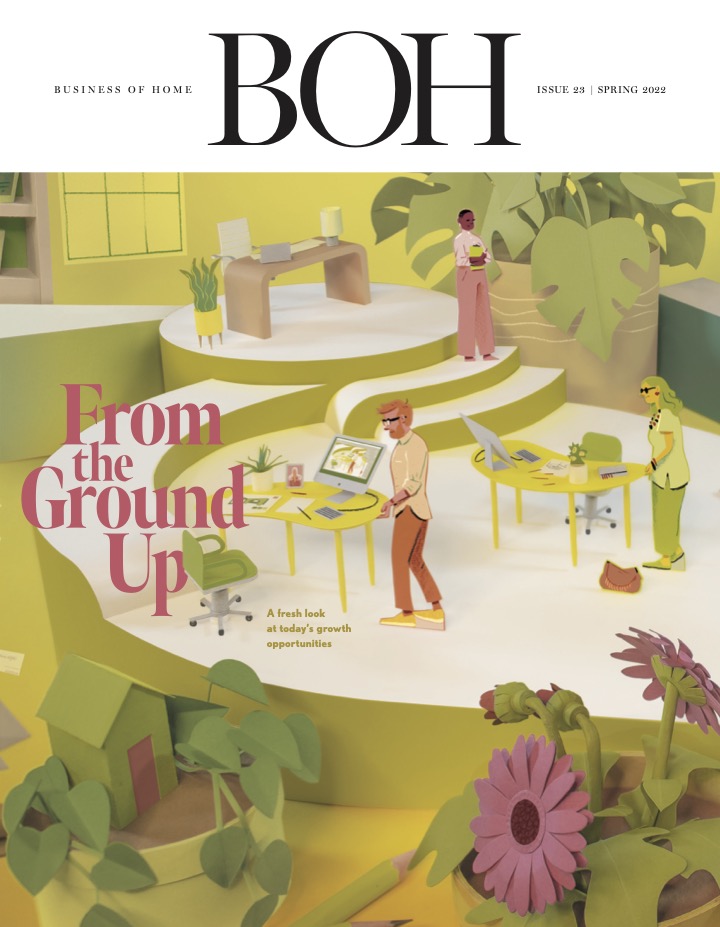With holiday entertaining on everyone’s minds, the Important Silver Auction at Christie’s on Wednesday, October 23, is expected to draw a good crowd. The 189 items up for grabs are from the 17th century and were created by English silversmiths Paul de Lamerie, Hester Bateman and Paul Storr and German goldsmith David I Schwestermüller.
This reporter chatted with Christie’s silver specialist Adam Brandow about the value of silver, what it represents, and the role it plays in interiors today.
What did silver represent in historic times compared to now?
As a precious metal with high intrinsic value, silver objects have always represented both material luxury and tangible wealth. Unlike other media such as ceramics or textiles (both of which were among the most important luxury goods in the past), silver could be melted down and converted into currency in times of financial need. For example, in 1689 Louis XIV ordered the famous silver furniture at Versailles to be melted to pay for his ongoing military campaigns. Silver could also be infinitely recycled and remade into new objects reflecting current tastes and fashions.
The antiquarian sense of respect we now have toward pieces of antique silver was a relatively new way of thinking in the mid-18th century. The idea that silver objects in their present forms were permanent wasn’t sacrosanct. Therefore it was fairly common for patrons to send old pieces back to the silversmith to be remade. This concept of silver as a “material in flux,” to quote scholar Allison Stielau, makes silver a unique and fascinating subject.
Pair of Regency Silver Two-Light Candleabra, mark of Paul Storr, London c. 1811, valued between $50,000-80,000
How has the perception of silver changed over the years?
In the 18th century industrial manufacturing made silver objects more affordable than ever to a broader client base. Whereas the intrinsic value of the metal remained high, the cost of fashioning silver—or making it into an object—dropped as machines made production more efficient and less expensive. That isn’t to say that silver in this period is of poor quality—one only need look at objects by Royal Goldsmiths Rundell Bridge & Rundell in London at the beginning of the 19th century, or works from Tiffany & Company’s golden age in New York at the end of the century to see truly virtuosic craftsmanship. However generally speaking, the shift in production methods made the ownership of silver possible for a growing number of patrons. The best example of this trend was the female silversmith Hester Bateman whose successful business model, which combined methods of industrial production with up-to-the-minute neoclassical style, made her one of the most successful businesswomen in 18th-century Britain.
Of course silver still maintains an aura of luxury today, with particular association to life events such as weddings and births (think of silver flatware on wedding registries and silver cups and spoons given to young children). I think many people see silver as something more representative than functional, something to use on special occasions rather than every day. Yet, silver is incredibly durable and develops a beautiful patina with use. I always encourage my clients to use and enjoy their silver as often as possible!
What's the most expensive piece of silver ever sold?
The highest price for a piece of European silver at auction is $10.2 million for a Royal soup tureen made in Paris in 1733 by Thomas Germain. The highest price for a piece of American silver is $5.9 million, for a large punch bowl made in New York around 1700.
What is the most valuable piece that's out there right now?
It’s difficult to say. The Germain tureen and Kierstede punch bowl I just mentioned are privately owned, but there are many equally significant objects in collections around the world. However, it’s quite rare for silver objects to reach those prices at auction. Most pieces in our auctions sell for less than $100,000, and in today’s market it’s possible to acquire outstanding examples for much less than what one would pay for “flat art” (i.e. paintings).
A Pair of Italian Silver Penguin-Form Wine Coolers, mark of Mario Buccellati, Milan c. 1934-44, valued between $70,000-100,000
How has the value of silver changed?
While the market for antique silver is fairly stable, some areas of the market are currently more competitive than others. For example Regency silver—particularly the work of silversmith Paul Storr—and modern European silver by Buccellati and Georg Jensen are extremely popular with collectors. Yet as some categories are stronger than others, it’s possible to buy wonderful early English and American pieces for relatively modest amounts. It’s an ideal time to start collecting, especially for younger clients.
Do you see the demand for silver gaining momentum?
Competition for the very best examples has always been and remains strong. But the market for mid-level objects is indeed gaining momentum. As far as contemporary production, it’s much better to buy at auction as it’s less expensive and generally speaking older silver is of higher quality.
George III Silver Epergne, mark of Thomas Pitts, London c. 1760, valued between $30,000-50,000
What are the key elements and aspects that signify value?
The main elements that impact value are rarity, provenance and condition. Traditionally a good 18th-century American silver object should bring about ten times more than a comparable English piece. So, a tankard made in London in 1740 might bring $5,000, whereas a similar example made in Boston might bring $50,000 due to its greater rarity.
Because silver has always been valuable, most pieces are engraved with coats-of-arms, monograms or inscriptions by previous owners. Using this information to trace provenance adds value, especially if an object has an interesting story. For example in our upcoming sale we have a wonderful pair of silver soup tureens engraved with the Royal Arms of George III. These were issued to the 7th Earl of Elgin when he became ambassador in Brussels in 1792. Of course, Lord Elgin is best known for his purchase of the so-called Elgin Marbles from the Acropolis in Athens, which are now at the British Museum.
Condition is also a major factor in value. If an object has survived in perfect condition, that is without major repairs or alterations, it is much more desirable by collectors and therefore commands a higher price.
Are there a lot of designers sourcing silver for projects?
Many top designers participate in our sales, though I’d like to see silver objects used more frequently by the trade. There is a long history of great designers working with silver, think of objects designed by architects William Kent or Robert Adam, so the tradition couldn’t be much stronger. Silver, because of its reflective quality, can add light to a room—much in the way that mirrors do—so many designers use silver for its visual “punch.”
How do you see designers using silver in projects?
Most designers who buy with us tend to acquire functional objects such as flatware services and pieces for the dining room, such as candlesticks, wine coolers etc. However, people don’t live in period rooms anymore and are increasingly mixing great objects from all periods and places in new and interesting ways! You’d be amazed how stunning an important piece of Georgian silver can look on a modern dining table or sideboard, just as a piece of modern Danish silver can complement an elegant piece of 18th-century furniture.
Queen Anne Silver Coffee Pot, mark of Jonathan Newton, London c. 1712, valued between $10,000-15,000
I’m especially fond of English silver from the very early 18th century that’s often plain and unornamented. We have a Queen Anne coffeepot in our current sale (made in London in 1712) that’s tapered octagonally. Its beauty, with its clean lines and elegant form, is all in the simplicity. I think if designers were to show their clients how an elegant a functional object like that can fit into a modern interior, the silver market would jump.
Why is silver a wonderful thing to collect, and why is it important?
Silver has always meant luxury, and has historically evolved to reflect the latest fashions and tastes. Yet silver is not only decorative, as silver objects can—and should be—used and enjoyed! And best of all, as silver remains relatively affordable it’s still possible to acquire beautiful and important objects today.
The Important Silver auction will be live on Christie’s website at 10:00 a.m. on Wednesday, October 23. Anyone with additional questions may contact Adam at 212-636-2250 or by email.





















